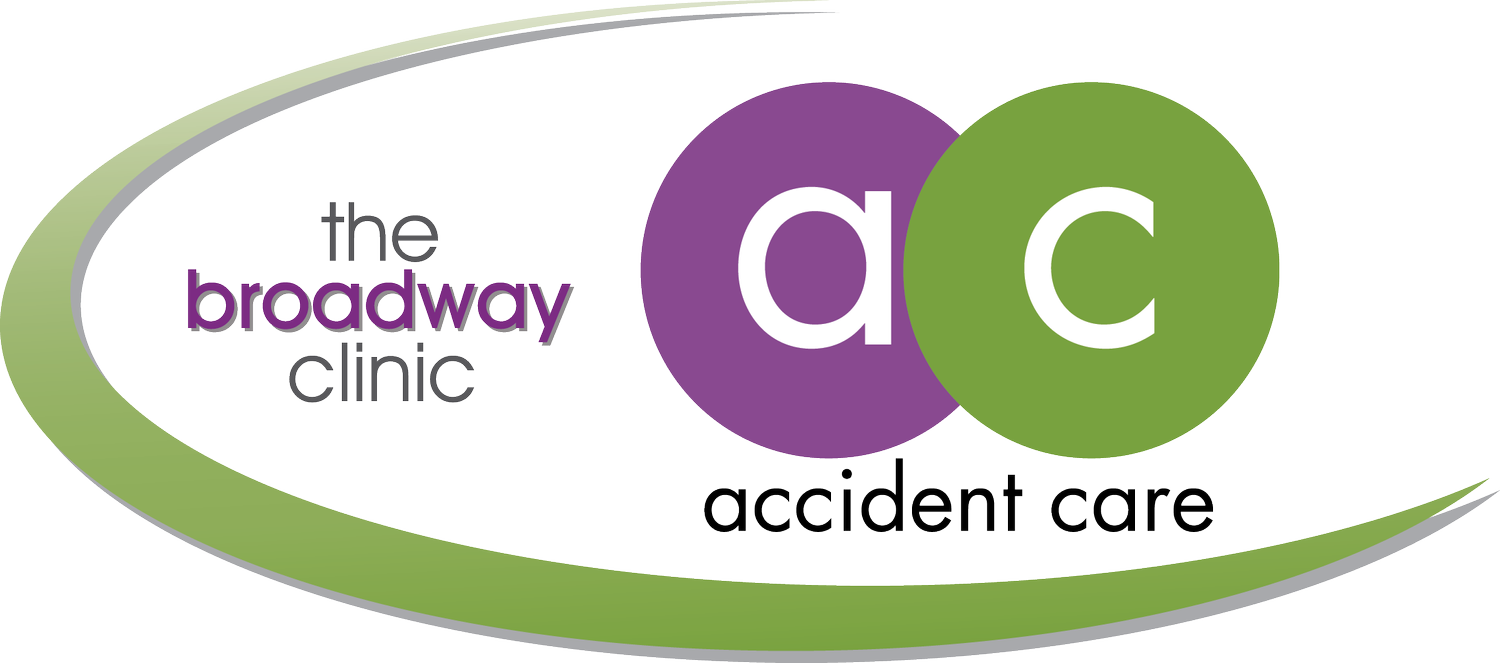How Can Leg Pain Signal Major Injury After a Crash?
Acknowledging leg pain after an accident in OKC is crucial for effective care. Often overlooked or underestimated, this pain can signal serious injuries that require immediate attention. Leg injuries can drastically affect mobility and overall quality of life. This makes it essential to understand the impact and seek appropriate accident care in OKC at the earliest.
Understanding the Impact on Legs After an Auto Incident
Leg injuries from car accidents are influenced by factors such as the crash severity, your position in the vehicle, seatbelt usage, and the side hit. Pain can stem from nerve, disc, or back injuries, manifesting as sharp leg pain. This highlights the complex link between your legs and back, underscoring the need for comprehensive accident care.
Car accidents can impact all five leg regions- the upper leg, lower leg, knee, ankle, & foot, each essential for movement and stability. The upper leg, or thigh, includes the femur and twelve muscles including four quadriceps, three hamstrings, and five adductors that could be severely affected.
Knees, the largest joints, contain structures like the patella, two ligaments, articular cartilage, several tendons, 14 bursa, and two menisci that are vulnerable to damage. This even can restrict the capacity to move.
From knees to ankles, the lower leg encompasses the tibia and fibula, along with nerves and muscles aiding in ankle movement. The Achilles tendons connect the calves to the ankles and feet, playing a vital role in leg function.
Ankle injuries from car accidents can range from sprains to complex damage involving the talus and stabilizing ligaments— medial and lateral. Remarkably, 25% of the body's bones are in the feet, with each foot containing 33 joints, 30 ligaments, & 26 bones. Such dense complexity means foot injuries can severely disrupt the balance.
Post-accident symptoms like strains, contusions, tears, and sprains might delay in appearance. To prevent long-term complications and optimize recovery, seeking quality accident care immediately after symptoms emerge is essential for assessing and treating these injuries effectively.
Recognizing Symptoms of Leg Injuries
Leg injury symptoms following a car accident can vary widely due to the interconnectedness of the leg with other body parts. This leads to uncertain pain origins. Such pain might arise from back injuries, soft tissue damage, nerve issues, or fractures. Quality accident care is crucial for managing these symptoms, which can range from mild discomfort to debilitating pain-
Instability- Weakness or discomfort in the legs could indicate injuries such as a slipped disc, torn MCL, or bone fractures.
Pins and Needles- Numbness or tingling often points to nerve damage.
Popping & Clicking- Sounds from the joints might suggest damage, signaling the need for prompt accident care in OKC.
Burning Discomfort- Intense pain could travel along the leg, indicating areas severely affected by the accident.
Leg Rigidity- Muscle tension from an accident may cause stiffness; persistent stiffness could hint at joint issues.
Acute Discomfort- Shifting weight, putting weight on one or both legs, & movement might exacerbate underlying injuries. This emphasizes the importance of immediate accident care.
Common Types of Leg Injuries in Car Crashes
Car accidents can result in a range of severe leg injuries, from bone fractures to nerve damage. Prompt accident care is essential for recovery and management of these conditions-
Tibia or Fibula Fractures- The tibia and fibula, the bones of the lower leg, are highly susceptible to fractures in car accidents. These occur particularly when the vehicle's structure intrudes into the cabin.
Femur Fractures- The femur, or thigh bone, is the longest and strongest bone, requiring significant force to break. Due to its robustness, a femur fracture often takes longer to heal compared to other leg bones.
Sciatica- Misalignment of the spine during an accident can compress the sciatic nerve. This leads to symptoms like tingling, numbness, or shooting pains down the legs.
ACL Injuries- Damage to the Anterior Cruciate Ligament is excruciating and often prevents victims from bearing any weight on the affected leg. This usually requires surgical intervention for repair.
Meniscus Tear- This injury involves tearing of the knee cartilage. This causes intense pain and makes it difficult to bear weight on the affected leg. Despite the pain, some individuals may still manage to walk.
Understanding Comprehensive Accident Care
Managing a broken bone typically requires using a cast or brace to immobilize the area, administering anti-inflammatory drugs, injecting corticosteroids to reduce swelling, and potentially performing surgery to implant metal rods or plates for stabilization.
Accident care for a ligament injury often encompasses stabilizing the affected area with a brace for compression, applying ice to reduce swelling, restricting movement and ensuring adequate rest.
Elevating the limb and, if necessary, undergoing surgical procedures is required to mend or substitute the injured ligament. Treatment for a tendon injury may involve rest, over-the-counter pain medications, cold compresses, immobilization using a cast or brace, and possibly surgery to repair the tendon.
For nerve damage post-accident, treatments include decompression of the nerves, electrical stimulation, corticosteroid injections, drugs for pain, topical treatments, and, in severe cases, peripheral nerve surgery to restore function.
Often, treating these injuries involves physical therapy to improve stability & strength. Should surgery be necessary, a skilled team providing accident care offers expert solutions.
Get Back on Track with Expert Accident Care
The Broadway Clinic Accident Care is committed to addressing the complexities of adverse post-accident effects on your physical health. If you suffer from discomfort post-crash, contact us immediately. Our team delivers accident care in OKC, including tailored physical therapy. We facilitate you with a swift and effective recovery process. Rely on us for support that gets you back on your feet quickly and safely.
**Disclaimer: This content is neither a medical advice nor it imply a doctor-patient relationship.

